1. Project Introduction
Dimo is an automotive IoT platform built on Polygon that aims to make every car smart and programmable, providing services that help car owners fully control and make full use of the data generated by their vehicles.
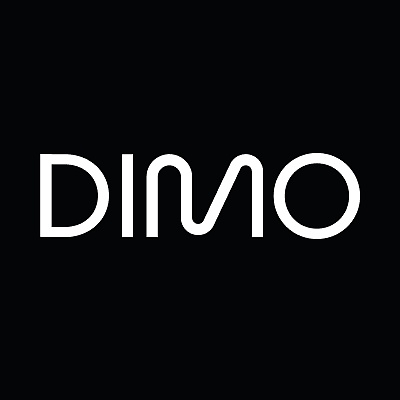
Specifically, the Dimo project allows car owners and drivers to collect and share their vehicle data and recorded data, including car mileage, driving speed, location tracking, tire pressure, battery/engine health, etc. By analyzing vehicle data, the Dimo platform can predict when maintenance is needed and remind users in time, so that drivers can not only gain a deeper understanding of their vehicles, but also contribute data to the Dimo ecosystem.
In addition, drivers can also receive DIMO tokens as rewards by contributing data. DIMO tokens are the native tokens of the DIMO network, based on ERC-20, and this token is designed to reward and incentivize users to participate and contribute in its ecosystem and maintain the DIMO ecosystem.
2. How it works
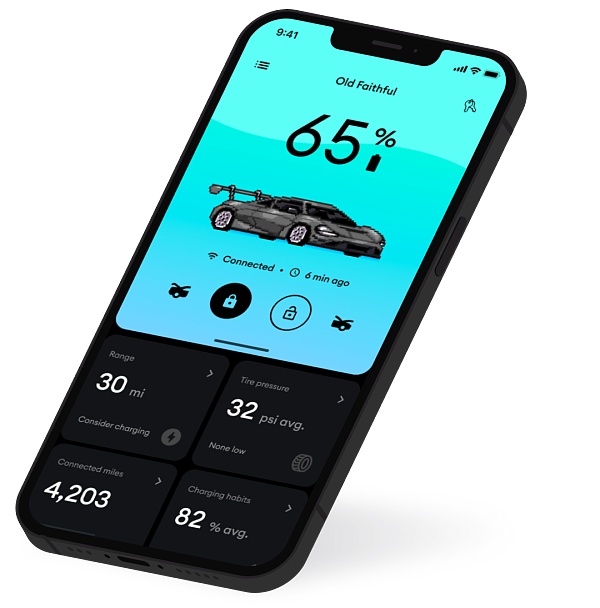
In simple terms, car owners can connect their vehicles to the DIMO platform through DIMO-compatible devices such as the DIMO x AutoPi OBDII device in cooperation with hardware providers such as AutoPi. Once connected, DIMO collects rich data from the vehicle, including basic information and more advanced driving mode data, and transmits it securely to the DIMO network, stored on-chain, and linked to a unique vehicle ID, which exists in the form of an NFT.
3. Core Mechanisms
3.1 Hardware and Software Integration
The core of the DIMO project is its ability to effectively integrate hardware and software to enable real-time monitoring, management, and monetization of vehicle data. This integration not only increases the availability and value of data, but also enhances users’ control over their vehicle data.
3.1.1 Hardware Integration
OBDII Device
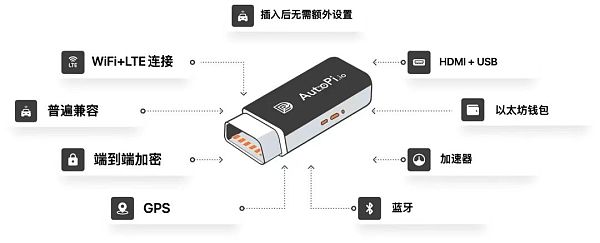
DIMO x AutoPi: This is a major hardware component that connects via the vehicle's OBD-II port and is able to read the vehicle's diagnostic information and real-time data.
Function: Collects data such as vehicle speed, engine status, fuel consumption, fault codes, etc.
Installation: Users can easily install it on almost any modern car without the need for professional technical support.
Compatibility:
Supports multiple vehicle models: The hardware design is compatible with a variety of vehicle models including traditional cars and new energy vehicles, such as Tesla and Rivian.
Software Integration: For vehicles that already have advanced connectivity features (such as some Tesla models), DIMO provides the option of direct software integration without the need for additional hardware.
3.1.2 Software Integration
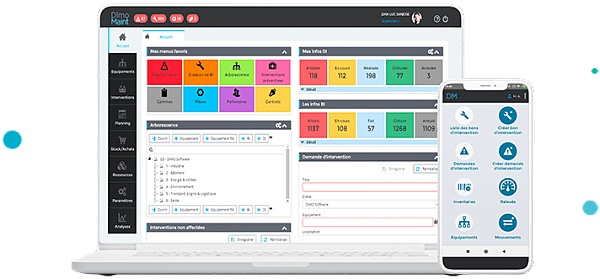
Mobile App and Web Platform:
User Interface: Provides an intuitive user interface for car owners to view and manage their vehicle data.
Data Access and Control: Users can control who can access their data and how it is used through the application.
Data Management:
Secure Storage: All vehicle data is securely stored on the blockchain through encryption to ensure data security and integrity.
Smart Contracts: Use smart contracts to automatically execute data access and monetization agreements to ensure transparency and traceability of all transactions.
Developer Support:
APIs: DIMO provides developer APIs, allowing third-party developers to easily access and use vehicle data to develop new applications and services.
Open Source: Most software components are open source, encouraging the community and developers to participate and contribute to the continuous improvement of the platform
Real-time Data Access: These devices enable vehicles to transmit real-time data to the DIMO platform, including but not limited to vehicle status (e.g., lock status, window position), driving data (e.g., speed, driving mode), environmental data (e.g., temperature, pressure), etc.
3.2 Data Storage and On-Chain Management
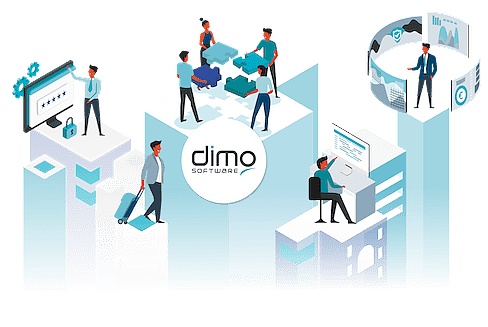
3.2.1 Data Storage
Blockchain Infrastructure:
Immutability: Once all vehicle data is uploaded to the blockchain, it cannot be tampered with or deleted, ensuring the authenticity and integrity of the data.
Encryption technology: Use blockchain encryption technology to ensure the security of data during storage and transmission.
Data types:
Basic information: including the manufacturer, model, year, etc. of the vehicle.
Operational data: such as speed, location, fuel consumption, battery status, etc.
Behavioral data: driving behavior patterns, frequency of use, etc.
Smart contracts:
Automatic execution: data access requests and transactions, such as data sales and purchases, are automatically processed through smart contracts.
Data access rights: Car owners can use smart contracts to set who can access their data and under what conditions.
3.2.2 On-chain management
Vehicle identity authentication and registration:
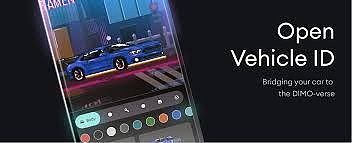
Digital identity: Each vehicle will be given a unique digital identity (usually implemented in the form of NFT) on the DIMO platform, which contains detailed information and historical data of the vehicle.
On-chain registration: The digital identity of the vehicle and its related data are registered and managed on the blockchain, ensuring the uniqueness and unforgeability of the identity.
Data access control:
On-chain permission management: Car owners can set and adjust who can access their data and under what conditions through the blockchain.
Contract Execution: When a third party meets the conditions set by the car owner, the smart contract automatically authorizes data access.
Transparency and Traceability:
Transaction Records: All data transactions and access records are publicly recorded on the blockchain and can be verified by anyone but cannot be modified.
Audit Trail: This provides a complete audit trail for the use and access of data, increasing the transparency of the system.
Data Monetization:
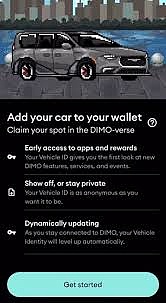
Market Mechanism: Car owners can sell their data on the platform's marketplace, and smart contracts ensure the fairness and transparency of transactions.
Token Economy: The revenue from data sales can be converted into DIMO tokens for further use or trading within the platform.
In this way, DIMO leverages the core advantages of blockchain technology to establish a secure, reliable, and transparent data management and trading environment, enabling car owners to fully control and utilize their vehicle data while contributing to the development of the entire automotive ecosystem.
... IoTeX is expanding the boundaries of DePIN (decentralized physical infrastructure network) with its rapidly growing ecosystem network, empowering new areas of mobility.
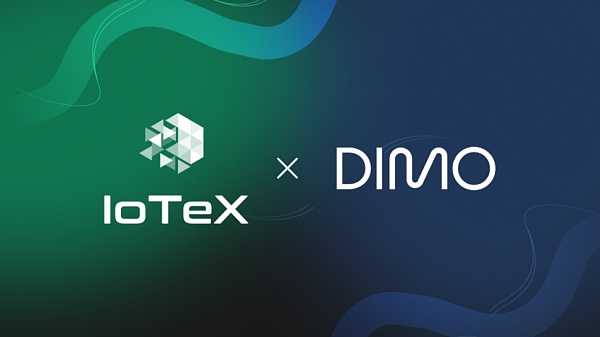
The DIMO network will integrate W3bstream, the world's first decentralized off-chain computing infrastructure developed by IoTeX, to connect the data of connected vehicles to smart contracts, helping Web3 developers easily access zero-party mobile data, and support the incubation of revolutionary mobility Dapps, allowing consumers and fleet operators to truly own and control the data generated by their vehicles.
The core goal of the cooperation between IoTeX and DIMO is to enhance the driving and travel experience of millions of car owners around the world. First, IoTeX will integrate W3bstream on the DIMO network to create a new design space for developers to support the incubation of revolutionary Dapps that have the potential to subvert the field of mobility. These Web3 applications give car owners and fleet operators full control over their vehicle data, unlocking innovative services including auto finance, insurance, shared mobility, and vehicle maintenance.

W3bstream launched by IoTeX can be seen as a machine command layer built on top of the blockchain, which can organize and coordinate a group of machines to complete specific tasks, and collect data from multiple sources for developers, enterprises, and users, including data generated by various connected devices and machines.
DIMO can create a "digital twin" for users' vehicles and save users time and costs through embedded services such as insurance, car maintenance, tires, batteries, car sales, and financing. At the same time, users can earn token rewards by sharing the data generated by their cars to apps on the DIMO ecosystem network.
The collaboration between IoTeX and DIMO provides a valuable opportunity for the development and practice of the DePIN field. The two parties will then carry out in-depth cooperation in areas such as W3bstream integration, organizing DIMO Data hackathons, and marketing activities.
4. DIMO Token
DIMO Token is the native cryptocurrency of the DIMO platform, designed to reward and incentivize users to participate and contribute in its ecosystem.
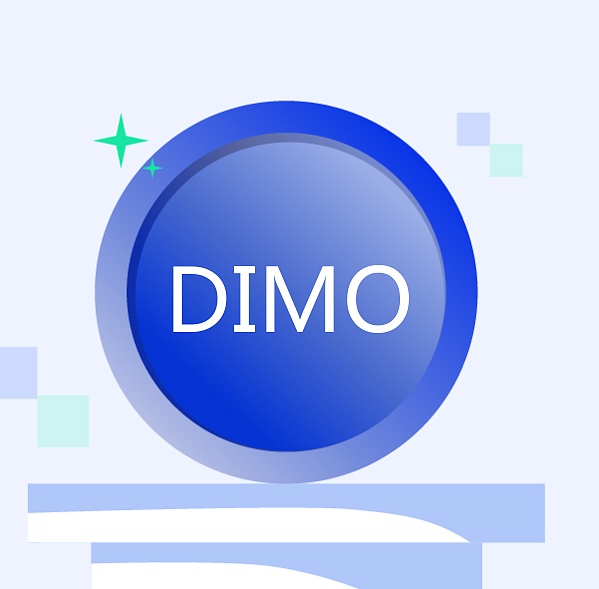
Here are some key information about the DIMO token:
4.1 Token Functionality
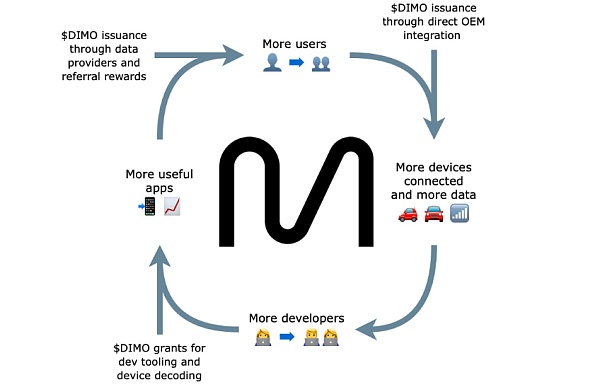
Reward Mechanism: Reward users for contributing data and services to the network.
Governance: $DIMO token holders can vote on how the protocol operates. For example, they control decisions about: software code upgrades; protocols and standards; who can license intellectual property; how fees are incurred; and how rewards are distributed. Holders can even update the properties of the tokens themselves and their uses.
Medium of exchange: In the DIMO ecosystem, tokens can be used as a medium of exchange to purchase services or pay fees.
Aligning ecosystem incentives with staking: It is important that businesses that produce DIMO-compatible hardware, transmit user data, and build applications participate and have a reason to care about the long-term success of DIMO. Therefore, they must stake and/or spend $DIMO tokens in order to maintain licenses and deploy products to the network. In this case, staking is equivalent to a security deposit, just like the security deposit you might put down when moving into a new apartment. If a staker behaves inappropriately, some or all of their tokens may be confiscated. While this does not generate returns for stakers, it does force them to become long-term holders of tokens.
4.2 How to Obtain
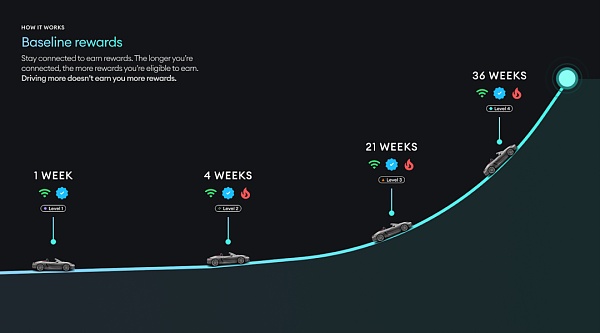
Users can earn DIMO tokens on the DIMO platform in a variety of ways:
Connecting a vehicle: Connecting a vehicle to the DIMO app.
Data Sharing: Sharing vehicle data with the platform and other users.
Participating in network activities: Such as recommending new users or developing applications on the platform.
4.3 Transparency and Security
DIMO tokens operate on blockchain technology, ensuring that all transactions are secure, tamper-proof, and provide users with complete transparency. This transparency and security is achieved by recording vehicle data and transactions on the blockchain, which not only protects the security of the data, but also guarantees users full control over their data.
4.4 Token Supply
The total supply and maximum supply of DIMO tokens are both 1,000,000,000 DIMO. As of the time of writing, the circulating supply is 218,392,113 DIMO, accounting for 21.84% of the total supply.
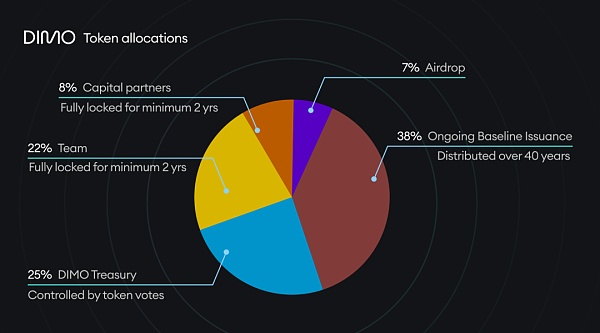
From the distribution of DIMO tokens, the team occupies 22%, and these tokens are locked for two years to ensure the team's long-term commitment to the project. Capital partners received an 8% share, also locked for two years. The DIMO Treasury controls 25% of the tokens, and the community votes to decide their use. The largest piece is the ongoing baseline issuance, which accounts for 38%, and these tokens will be gradually released over the next 40 years for the purpose of long-term ecosystem incentives and healthy development of the project. In addition, 7% of the tokens are allocated to the community through airdrops to promote user participation and expand adoption.
4.5 Token Performance
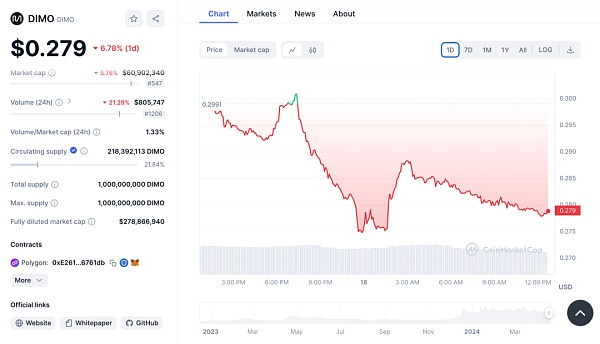
As of now, the price of DIMO is $0.279, down 24.27% in the past week. The market value is about $60,902,340, ranking 547th on the list. The 24-hour trading volume is about $805,747, and the ratio of trading volume to market value is 1.33%, indicating a low market activity rate. In the past week, the price of DIMO has experienced a downward trend, followed by some fluctuations. Overall, the price has shown a downward trend, which may indicate a decrease in market confidence in the token or poor overall market conditions.
5. Team/Partners/Financing Status
5.1 Team
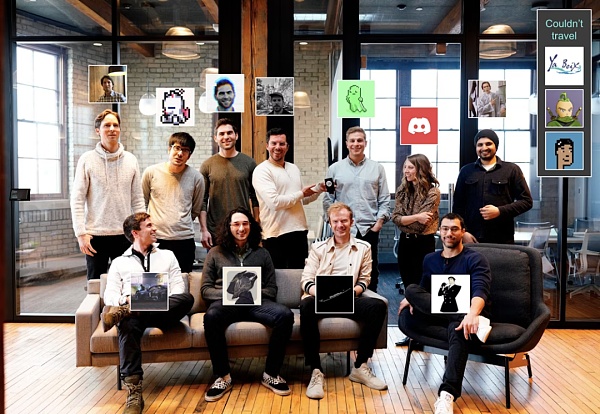
One of the co-founders, Andy Chatham, graduated from Cornell University and is also the CEO of Digital Infrastructure. Alex Rawitz is also the co-founder of DIMO, and he is also the COO and co-founder of Digital Infrastructure. Previously, he was an account executive at Chainalysis. Alex Rawitz focuses on virtual currencies/cryptocurrencies and is interested in IoT, AV, VR, and anything else science fiction that has the potential to become reality. Rob Solomon is a co-founder of DIMO, a graduate of Cornell University, and former Treasurer of ConsenSys Mesh.
5.2 Partners
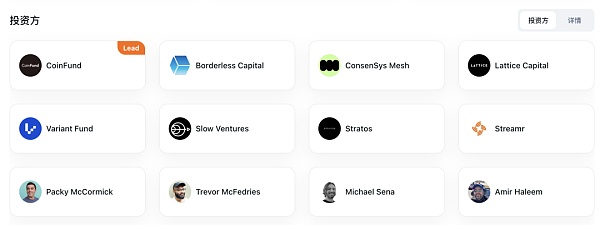
DIMO’s partners include some well-known investors and capital:
Coin Fund: led DIMO’s Series A financing round
Borderless Capital: participated in the investment, which is a capital company focused on the Algorand ecosystem.
ConsenSys: The venture capital arm of ConsenSys, is also one of DIMO’s investors.
Lattice Capital, Variant Fund, Slow Ventures: all are companies participating in the investment, indicating diversified capital support.
Streamr, Packy McCormick, Trevor McFedries, Michael Sena, Amir Haleem, Mason Borda: including
Rick Wagoner and Kiran Bhatraju: participated in the support as individual investors.
5.3 Financing situation
DIMO has raised US$20.5 million through two rounds of financing.
DIMO's latest round of funding was a Series A round on January 16, 2024. The round was led by CoinFund and raised $11.5 million, with participation from Slow Ventures, ConsenSys Mesh, Borderless Capital, Bill Ackman's Table Management, and former General Motors CEO G. Rick Wagoner Jr. This round brings the company's total funding to date to $22 million. This round of funding will help DIMO consolidate its position as the foundational network of DePIN (decentralized physical infrastructure network) and launch more developer tools in the next year.
6. Strengths and Weaknesses Analysis
For any blockchain project, including DIMO, the analysis of future development potential, strengths and weaknesses needs to be considered based on multiple aspects. The following is a general analysis based on the existing information of the DIMO project:
6.1 Strengths:
Innovative Technology: DIMO provides an innovative blockchain platform focused on vehicle data and the Internet of Things, a market area that is not yet saturated.
Open Source and Community Driven: As an open source project, DIMO can tap into the knowledge and innovation of a global developer community to continuously improve its technology and products.
Partner Network: According to available information, DIMO has established connections with a range of capital partners, which provide financial and resource support to the project.
Potential for Practical Applications: DIMO aims to provide practical applications, such as vehicle finance and insurance negotiations, which may attract users who are interested in traditional industries outside of the crypto market.
Ecosystem Construction: Through incentives and basic issuance, DIMO aims to build a sustainable ecosystem to promote long-term growth.
6.2 Disadvantages:
Market Competition: Although IoT is a growing space, there are already some competitors in this field, and DIMO needs to provide a unique selling point to attract users.
Technical Complexity: The integration and management of IoT data is very complex, which may become a barrier to execution and user adoption.
Scaling Challenges: Although it has received some capital support, the DIMO project must take greater steps in expanding its user base and network effects to remain competitive.
Regulatory Risks: Like all crypto projects, DIMO may face risks from the evolving global regulatory environment, which may affect its operations and expansion plans.
User adoption: Achieving large-scale user adoption remains a major challenge for many blockchain projects, especially in IoT and data management.
Technical validation: DIMO's technology and business model need time to validate their efficacy and sustainability in the actual market.
6.3 Future Development Potential:
For future development, DIMO's success will rely on several key factors:
Continued ability to innovate technology
Effective incentive mechanism to attract users and developers to participate
Successfully navigate the regulatory environment and ensure compliance
Manage and leverage partnerships to support growth and expansion
Continuously verify and improve its value proposition and user experience
In the future, as the project matures and the market changes, DIMO needs to remain agile and innovative to respond to the changing technological environment and user needs.
7. Project Summary
In summary, the DIMO project aims to build a decentralized hardware and software platform focused on the integration and management of the Internet of Things (IoT) and vehicle data. It allows vehicle owners to control, share and monetize their vehicle data, providing an ecosystem that links users, developers and service providers. By leveraging blockchain technology, DIMO ensures data security and transparency, while encouraging community participation and contribution through a token reward mechanism. Its long-term plan is divided into multiple stages, from initial user and developer participation to eventual global expansion and technological maturity. DIMO's success will depend on its technological innovation capabilities, active community participation, and its ability to navigate the global regulatory environment. Despite market competition and technical challenges, DIMO has demonstrated a detailed development blueprint and a clear vision for the future of automotive data.
 JinseFinance
JinseFinance
 JinseFinance
JinseFinance JinseFinance
JinseFinance Joy
Joy Brian
Brian Bernice
Bernice Joy
Joy Bernice
Bernice Huang Bo
Huang Bo Kikyo
Kikyo Bitcoinist
Bitcoinist